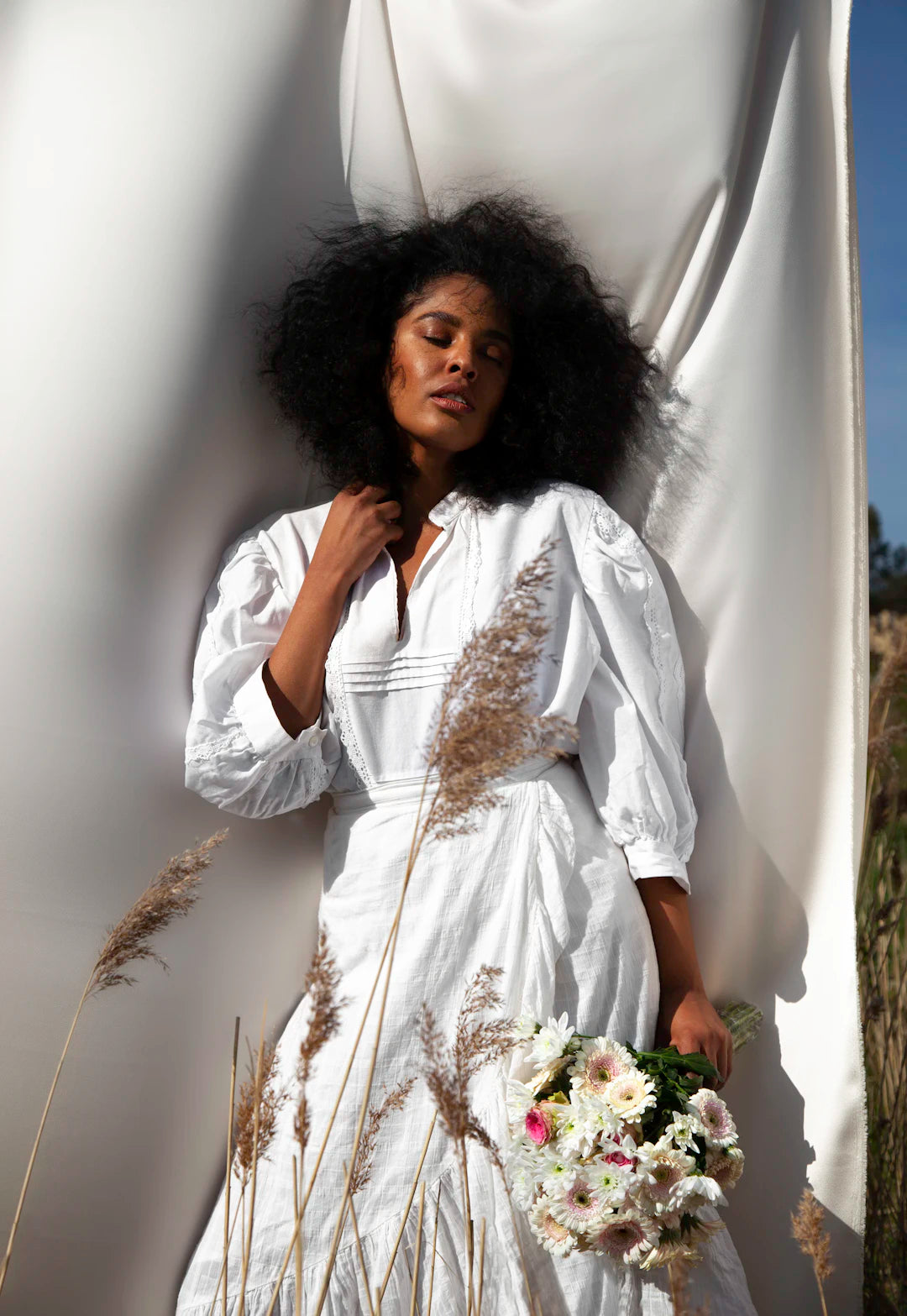
Addressing Diversity in Luxury Fashion Advertising
COUNT VALENTINECompartir
Frequently Asked Questions
1. Why is diversity important in luxury fashion advertising?
2. What trends are influencing diversity in luxury fashion advertising?
3. What strategies can luxury brands implement to promote diversity?
4. What are some success stories of brands embracing diversity?
5. What challenges do brands face when addressing diversity?
The world of luxury fashion is often seen as an exclusive enclave, where the glitz and glamour overshadow the diversity of the individuals who engage with it. Today, more than ever, brands are recognizing the necessity of addressing diversity in their advertising campaigns. This shift is not only a reflection of societal demands but also a strategic move to resonate with a broader consumer base in an increasingly globalized world.
Understanding the Importance of Diversity in Advertising
Diversity in luxury fashion advertising goes beyond mere representation. It involves acknowledging and celebrating a myriad of cultural backgrounds, body types, genders, and ages. Here are some key reasons why emphasis on diversity is essential:
- Reflects Real Life: The world we live in is diverse, and so should be the representation in advertising.
- Enhances Brand Image: Brands that embrace diversity are often viewed more favorably, attracting a wider audience.
- Drives Engagement: Diverse advertisements foster relatability, leading to greater consumer engagement.
- Influences Purchase Decisions: Consumers are more likely to support brands that actively promote diversity.
The Current Landscape of Luxury Fashion Advertising
Traditionally, luxury fashion has been dominated by Eurocentric ideals of beauty and exclusivity. However, there’s been a notable shift as more brands are beginning to incorporate diverse elements into their campaigns. This evolution is driven by several key trends:
Social Movements and Consumer Activism
The rise of social movements focused on equity and inclusion has reshaped consumers' expectations. Activists and advocates highlight the importance of representation, urging luxury brands to expand their casting calls and marketing strategies. As a result, many brands are beginning to reevaluate their approaches to advertising, seeking to embody inclusivity.
Changing Demographics
With a more diverse consumer demographic than ever, luxury brands have recognized that they must cater to various cultural nuances and preferences. By strategically integrating diverse models and narratives, brands not only appeal to a wider audience but also tap into the rich storytelling potential that diversity offers.
Strategies for Promoting Diversity in Advertising
Addressing diversity in fashion advertising requires thoughtful strategies. Here are some steps brands can take to ensure they are fostering inclusivity:
1. Diverse Casting
Prioritizing a diverse range of models in campaigns is crucial for authentic representation. Brands should aim to include individuals of different ethnicities, body types, and ages in their advertising efforts.
2. Inclusive Messaging
Advertising messages should speak to a broad audience. Brands can create storytelling narratives that resonate with varying cultural experiences while staying true to their luxury ethos.
3. Collaborations with Diverse Creatives
Engaging diverse photographers, stylists, and creative directors can provide new perspectives and ideas, enhancing the representation of various cultures and experiences.
4. Community Engagement
Luxury brands can foster relationships with diverse communities by participating in social initiatives, sponsoring events, and actively supporting grassroots campaigns.
Success Stories in Diversity
Several luxury fashion brands have successfully integrated diversity into their advertising campaigns:
1. Fendi
Fendi has made strides in diversity with campaigns that feature models from various backgrounds, showing an inclusive range of artistry and culture.
2. Dior
Dior’s campaigns have prominently featured individuals from diverse backgrounds, promoting messages of empowerment and authenticity.
3. Gucci
Gucci has been celebrated for its artistic campaigns that reflect and honor cultural diversity, further advancing the conversation around beauty standards in luxury fashion.
Challenges in Addressing Diversity
While many brands aim to address diversity, significant challenges remain. Some obstacles include:
1. Performative Activism
Brands must make genuine efforts to support diversity rather than engage in ‘performative’ activism that lacks substantial measures.
2. Maintaining Consistency
It's vital for brands to embed diversity within their core values rather than treat it as a trend. Authentic commitment requires ongoing action and accountability.
3. Misrepresentation and Stereotyping
Caution must be exercised to avoid perpetuating stereotypes. Brands should strive for genuine representation that reflects the complexity of diverse identities.
Building a Framework for Sustainable Diversity
It’s not enough to simply include diversity; brands must develop a comprehensive framework to ensure sustainable representation in luxury fashion advertising. Key elements include:
1. Education and Training
Educating marketing teams on cultural sensitivity and inclusivity will foster better practices in advertising.
2. Data Analysis
Brands can leverage data to analyze consumer demographics, preferences, and feedback to continually improve their diversity strategies.
3. Long-term Vision
Establishing a long-term vision for diversity ensures that it becomes an integral part of brand identity rather than an afterthought.
Looking to the Future: Trends in Diversity
The landscape of luxury fashion advertising continues to evolve, and the commitment to diversity is showing no signs of slowing down. Here are some anticipated trends:
1. Virtual Representation
The rise of digital platforms is reshaping how brands approach advertising. Virtual influencers that embody diverse characteristics are becoming more commonplace, offering an innovative way to promote inclusivity.
2. Global Campaigns
With the internet connecting communities worldwide, global campaigns that consider regional diversity will become increasingly significant in branding efforts.
3. Sustainability and Social Responsibility
Fashion brands will intertwine diversity with sustainability, understanding that ethical practices can contribute to a more inclusive narrative.
Embracing a Unified Future
Marketing efforts in luxury fashion can no longer afford to ignore the call for diversity. As brands recognize the richness diversity brings to their narratives, they will create deeper connections with consumers, foster brand loyalty, and maintain relevance in a fast-evolving market. The journey towards inclusive advertising is an ongoing process, but the rewards of engaging authentically with diverse audiences are immeasurable. By prioritizing diverse representation, luxury fashion brands can not only reflect our world but also elevate their own stories, distinguishing themselves in an ever-competitive marketplace.
